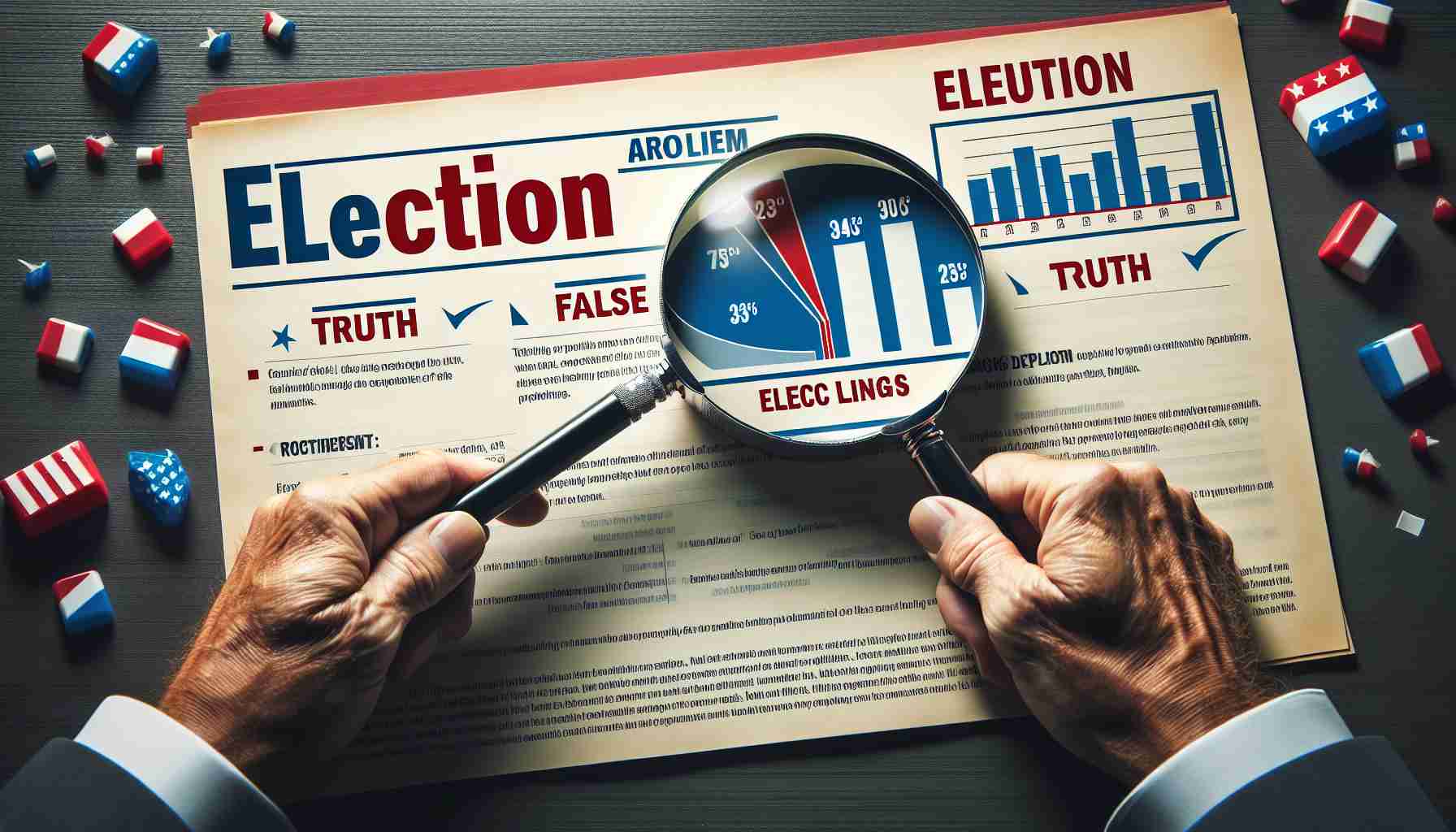
Amidst ongoing political discussions, misinformation about the recent presidential election is proliferating, particularly regarding the use of internet technology. Recently, social media has been rife with allegations suggesting that Elon Musk’s Starlink satellite service played a role in rigging the 2024 election for President-elect Donald Trump.
An essential aspect of this narrative claims that voting equipment was connected to Starlink in a way that could manipulate results. However, election officials across numerous pivotal states have refuted these allegations. According to the Associated Press, officials from states like North Carolina, Georgia, and Pennsylvania have clarified that their voting systems operate independently of any internet service, including Starlink.
Experts emphasize the rigorous security protocols in place to ensure election integrity. David Becker, an authority on election security, firmly asserted that it is impossible for any internet service, including Starlink, to tamper with the election outcomes due to multiple layered safeguards.
Furthermore, officials have noted that voting machines are designed to be air-gapped, ensuring total isolation from external networks. In addition, states employ extensive measures like hand audits of paper ballots to confirm results.
Despite these reassurances, conspiracy theories continue to circulate online. Many analysts urge a more informed dialogue around election security, relying on established facts rather than unfounded rumors, to foster a healthier democratic process.
Debunking False Claims About Election Manipulation: A Deeper Look
In recent months, misleading narratives surrounding the integrity of the electoral process have dominated public discourse. These claims specifically target the systems in place that ensure fair and transparent elections. Despite the efforts of professionals and officials to set the record straight, skepticism remains. This article aims to illuminate further facts and address critical questions surrounding misinformation about election manipulation, particularly related to technology and external influences.
Key Questions and Answers
1. What are the primary concerns regarding alleged election manipulation through technology?
– Misinformation often revolves around the idea that digital technology, such as the internet or satellite services, can be used to alter or manipulate election outcomes. Specifically, claims have surfaced suggesting that internet-connected devices can be vulnerable to hacking or outside interference.
2. How do election officials ensure the security of voting systems?
– Election officials implement a series of safeguards, including physical isolation of voting machines (air-gapping), encryption of data, and multi-factor authentication for access. Additionally, many states conduct routine audits, such as risk-limiting audits, to verify the accuracy of election results.
3. What role does public perception play in the discussion of election integrity?
– Public perception can significantly influence trust in democratic processes. Vocal claims, even when unsubstantiated, can foster doubt and cynicism among voters, potentially diminishing participation in future elections.
Key Challenges and Controversies
One significant challenge in addressing false claims about election manipulation is the speed with which misinformation spreads on social media. Platforms can amplify unfounded allegations before official responses have a chance to gain traction. Moreover, the broad and often ambiguous definitions of “election manipulation” can encumber efforts to clarify what constitutes legitimate electoral processes.
Another controversy lies in the political polarization surrounding the debate. Claims of fraud or manipulation are often colored by partisan perspectives, leading to a lack of consensus on what constitutes credible evidence. This division complicates constructive conversations and problem-solving regarding election security.
Advantages and Disadvantages of Technology in Elections
Advantages:
– Enhanced efficiency in vote counting and result reporting.
– Improved access to voting through online registration and information dissemination.
– The potential for innovative voting methods, such as mail-in and early voting, leveraging digital tools.
Disadvantages:
– Increased concerns about cybersecurity threats and potential hacking incidents.
– The challenge of maintaining public trust in electronic systems, particularly when faced with conspiracy theories.
– The complexity of ensuring equitable access to technology, especially in marginalized communities.
In summary, as claims of election manipulation continue to emerge, it is crucial for public dialogue to be grounded in verified information and constructive practices. Acknowledging the valid security measures in place and fostering a culture of transparency and accountability can help mitigate fears and build confidence in democratic institutions.
For more information about election security and debunking misinformation, visit nass.org.



